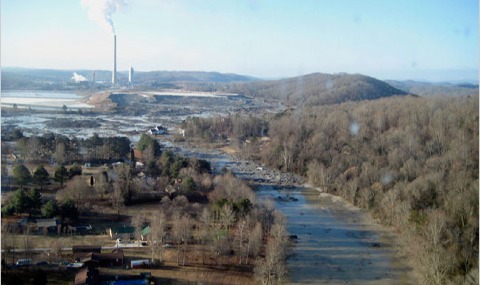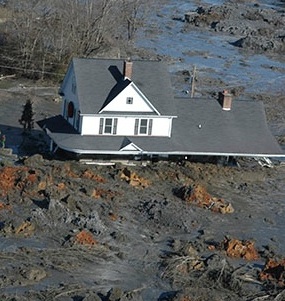
Water contamination from coal ash is a serious concern. Many of the pollutants found in the waters underneath or adjacent to unregulated coal ash waste sites are carcinogens, neurotoxins, or are deadly to fish and other aquatic life. In the Southeast alone there are already over 50 documented cases of water contamination from coal ash facilities.
Arsenic, a potent human carcinogen, has been found in contaminated sites at 145 times the federal drinking water standard. Arsenic causes multiple forms of cancer, including cancer of the liver, kidney, lung, bladder, and skin, and is one of the chemicals present in approximately half of the coal ash contamination sites in the Southeast.

Liners at ash storage facilities can help to prevent leaking and leaching. The risk to water and health increases at facilities without liners and at facilities with inadequate/ruptured liners. Most of the documented contamination cases occur at unlined facilities.
South Carolina’s utilities are proving that excavating coal ash creates huge positive results for the environment. Santee-Cooper, which The Southern Environmental Law Center sued on behalf of the Southern Alliance for Clean Energy, Waccamaw Riverkeeper, and the South Carolina Coastal Conservation League in 2012, is ahead of schedule having already removed one-third of its ash. Since South Carolina Electric and Gas started removing coal ash from Wateree power plant site, arsenic at two wells beneath the ash pond has decreased by over 90 percent. SELC and the Catawba Riverkeeper won cleanup at Wateree through a 2012 lawsuit.
While most contamination happens slowly and quietly, sometimes coal ash dams suddenly burst. In 2008, the world took notice of the Tennessee Valley Authority’s Kingston Fossil Plant in East Tennessee, when the plant’s coal ash dam suddenly failed, sending a billion-gallon surge of toxic coal ash slurry across the surrounding area and into the Emory River.
The Environmental Protection Agency created new Coal Water Pollution Standards, or Effluent Limitation Guidelines (ELGs), to protect public waters from coal ash seepage into waterways. Please visit our page on Coal Ash Rules and the EPA for more information.
Create-Your-Own Coal Ash Report
Full control to create the report of your choosing listing coal plants with ash impoundments in the Southeast.
Create your report NOW!
